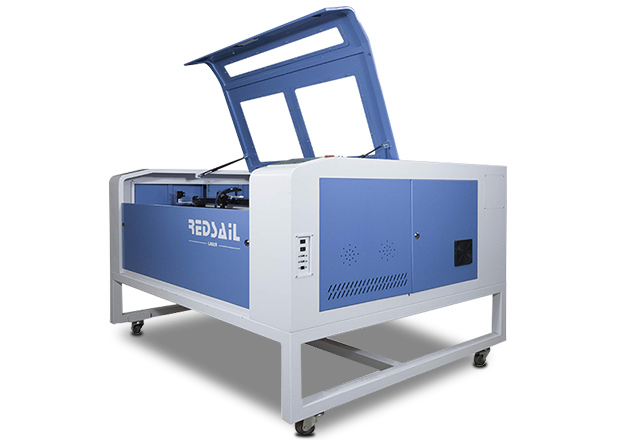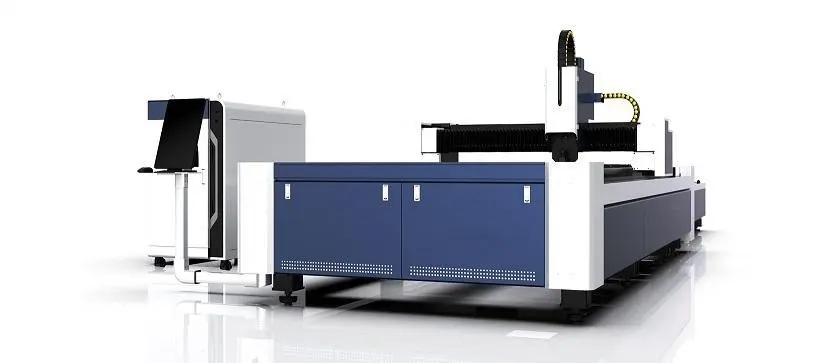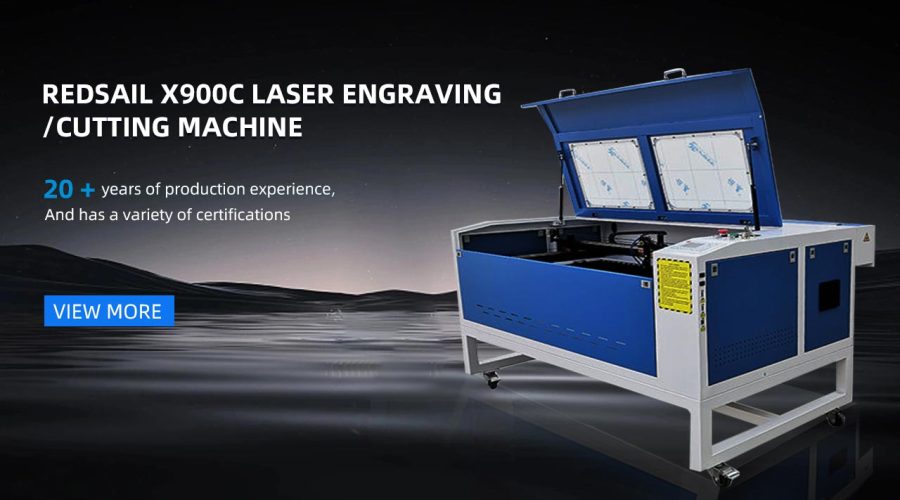There is currently no constant standard for the cutting quality of laser cutting machine equipment, and now it is mostly determined by looking at the specific cutting effect, but there are many factors that affect the cutting effect. In fact, in daily life, we usually examine the cutting quality through these points:
- Roughness: Laser cutting sections, especially thick plates, will form vertical lines. The depth of the lines determines the degree of cutting roughness. The shallower the lines, the smoother the section and the better the cutting quality. Roughness greatly affects the beauty of the metal and the difficulty of other post-processing. So in most cases, the lighter and finer the texture, the lower the roughness and the better the quality.
- Perpendicularity: The laser beam is actually a cylinder when zoomed in. It is focused to form a focal point to irradiate the metal material, so the laser beam diverges away from the focal point. In this way, depending on the position of the focal point, the top or bottom of the cut will become wider, and the cut section will form a taper. The verticality is not obvious when cutting thin plates, but generally the verticality is very important when cutting plates over 10mm. The more vertical the cutting edge, the higher the quality of the cut.
- Scrapping slag and burrs: Scraping slag is mainly reflected in the burrs deposited on the cutting section. During the laser cutting process, there will be gas to blow away the molten or vaporized material residue, but no matter how much it goes up or down, deposits will be formed on the surface. Cutting burrs are a factor that greatly affects the cutting quality, which will increase the amount of additional processing and increase the processing cost. The burr can be seen clearly, so it is also the most direct factor to judge the cutting quality.
- Heat-affected zone: Laser cutting is a thermal processing equipment, and it is inevitable that it will have a thermal impact on the metal during the cutting process. The laser generates a lot of heat during the cutting process, which is affected along the vicinity of the cut, which will cause changes inside the metal, and some metals will harden. If the material is heated sharply during the cutting process, it will also cause the material to deform, which is very important in many fine processing. Controlling the laser power or using short laser pulses can reduce the heating of the part and avoid deformation.
To sum up, if you want to know a laser cutting machine, you should not only look at the configuration price, but also check the cutting quality of the laser cutting machine.





